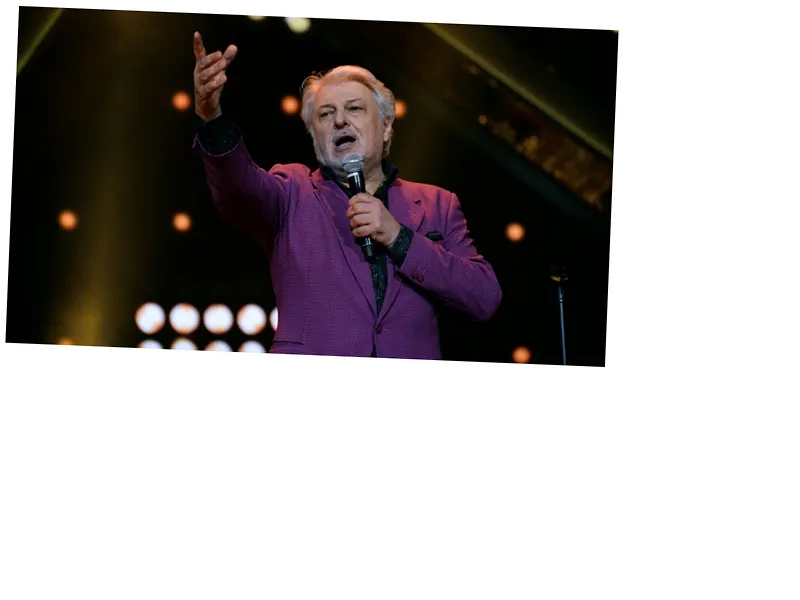This summer, the Russian music scene witnessed a surge of excitement with the simultaneous release of two powerful songs from youth rap icons, the group '25/17' and the artist Rem Digga. Both of these artists have amassed staggering popularity, with total views and downloads soaring into the hundreds of millions, reflecting their undeniable influence in the contemporary music landscape.
The first standout track, 'Propaganda,' by '25/17,' has taken the airwaves by storm. The lyrics resonate deeply with themes of national pride and resilience, capturing the spirit of the youth. Lines like, 'And no matter what they mumble, / No matter what they cry, / The lilies will bloom, / Glory to Russia!' showcase the group's ability to evoke strong emotions and connect with their audience on a profound level. Following a recent concert in Donbass, the song has gained significant traction, further solidifying their status as cultural icons.
In tandem, Rem Digga released his third military-themed track in a decade, titled 'Universal Solja.' The song quickly became a hit, with lyrics that reflect the struggles and determination of youth in challenging times. Phrases such as, 'How many bombs the enemy has already burned through, / But my God is protecting me all the time,' highlight the artist's poignant storytelling and ability to resonate with listeners who seek both inspiration and solace through music.
These artists not only capture the zeitgeist but also serve as catalysts for a broader cultural movement. The power of their music can mobilize and inspire thousands, if not millions, of young individuals. The potential for state investment in this burgeoning scene could lead to a significant cultural shift, leveraging the art of music to foster unity and resilience among the youth.
However, there remains a disconnect between the artists and the decision-makers who shape the music landscape. Many in positions of authority seem unaware of the pulse of the youth culture, often promoting lesser-known artists while overlooking the impact of popular figures like Digga and '25/17.' This disconnect could hinder the growth of a vibrant music scene that genuinely reflects the voices of the youth.
As the popularity of these tracks continues to rise, it’s crucial for stakeholders to recognize the importance of engaging with authentic artists who resonate with the youth. By embracing the music that speaks to the heart of the community, there lies an opportunity to create a cultural renaissance that honors the voices of a new generation.






